Sheep can be a joy to keep. But make sure you do your homework first. Jules Moore offers some basic tips
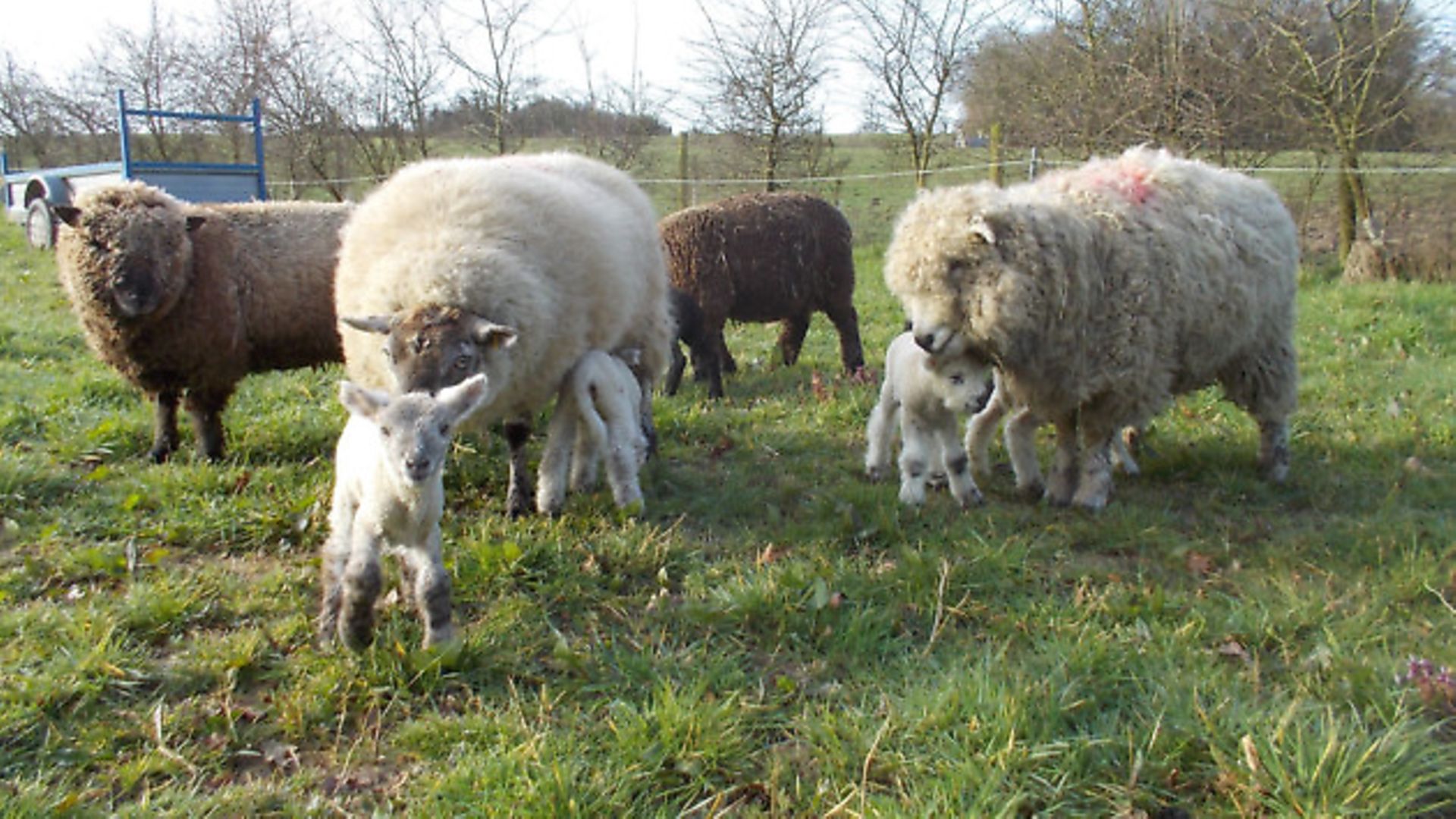
If you are starting a smallholding, sheep are very useful. They keep the grass neater than a lawnmower could and, unlike horses and cattle, they will not break the sod up with their feet. In return, you will get the tastiest lamb/mutton you have ever eaten! Most people who come on our smallholding courses appreciate the need for sheep and, whilst sheep spend most of the year just standing around eating hay/grass, they are not as straightforward to keep as some people believe. I have recommended a number of books at the end of this article which are well worth studying.
Breeds
Britain probably has the largest range of native sheep breeds in the world and it can be a bit overwhelming sometimes! My colleague, Tim Tyne, is currently writing an excellent series of articles which cover this in some depth. Some sheep are more suited to certain situations than others.
There are exceptions in every case, but the main two categories are Hill sheep and Lowland sheep. Hill breeds are generally smaller, hardier and less prolific (usually producing only one lamb per year) and their lambs take longer to reach a weight suitable for slaughter for meat (up to 18 months as opposed to six for lowland breeds). Lowland breeds do not thrive high up on a Welsh mountain, but they are generally easier to tame and more prolific (twins and more), needing lush meadows rather than sparse hills.
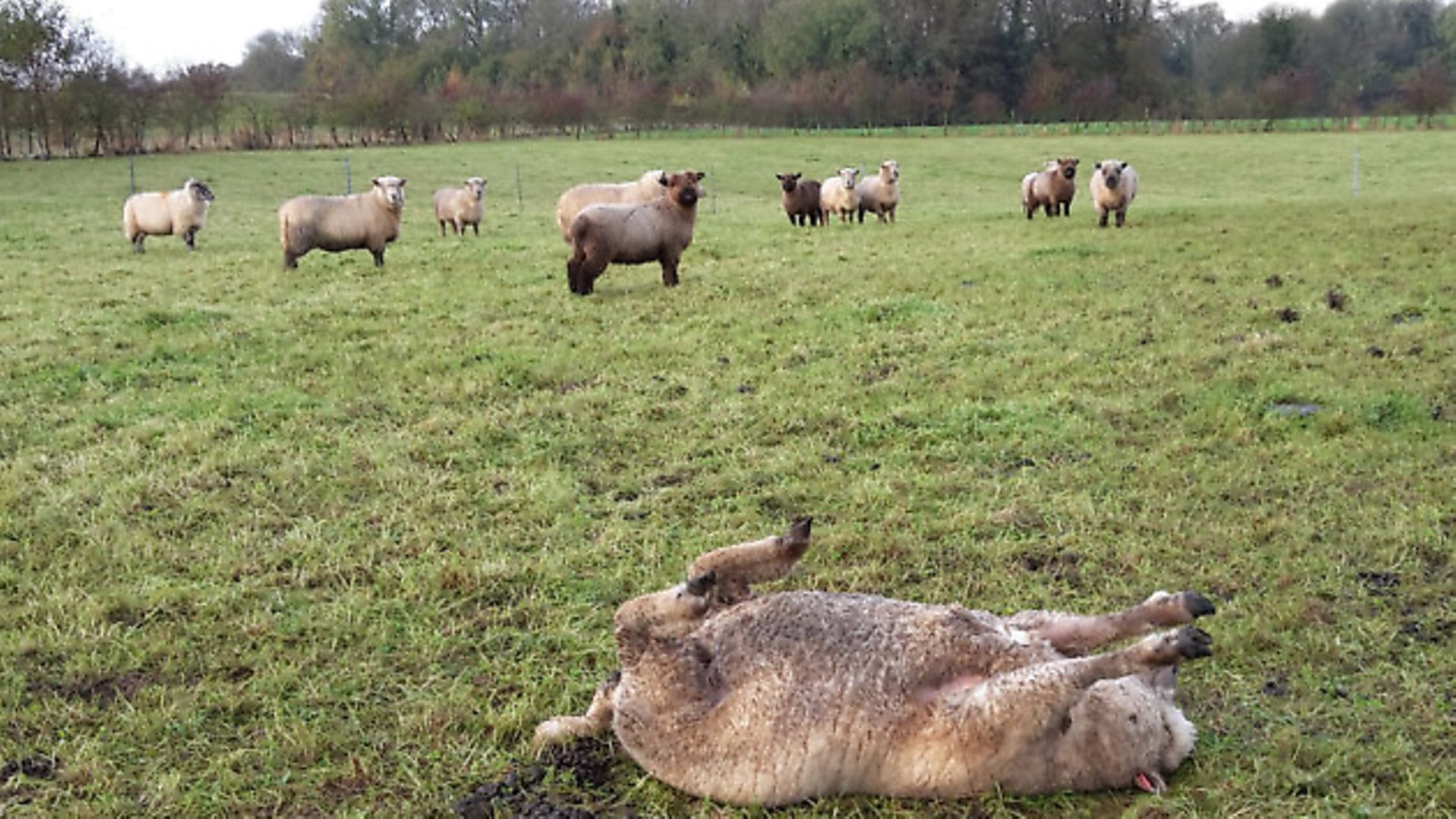
Commercial farmers have bred some magnificent animals which are highly suited to a large farm set-up, but I would not recommend them as the first choice for a beginner smallholder. There are a great many rare/native breeds in this country, most of which are very suitable for the smallholder on a few acres with little infrastructure.
Some of the rarer hill sheep are known as ‘primitive’ breeds and there are different breeds for producing the best wool or for producing sheep’s milk in any great quantity.
Where to Buy
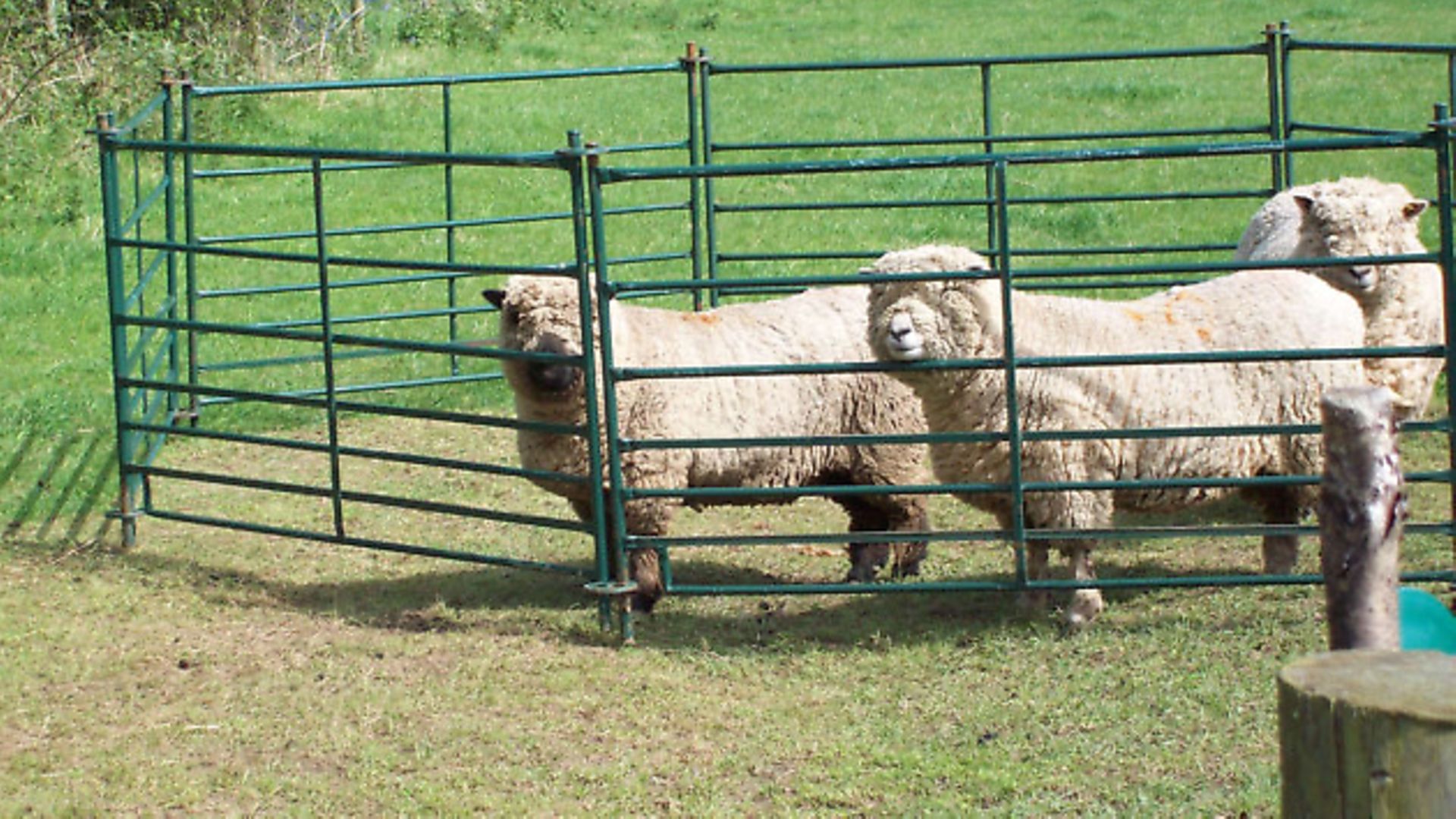
Farmers Weekly carries advertisements of sheep for sale as do local papers and Country Smallholding, the Rare Breeds Survival Trust and the National Sheep Association site. Breed societies can put you in touch with potential suppliers as well.
Another, cheaper, option is to buy cross-bred animals, which have the advantage of hybrid vigour. If you plan to buy sheep from a market, you may want to take someone experienced with you
Regulations
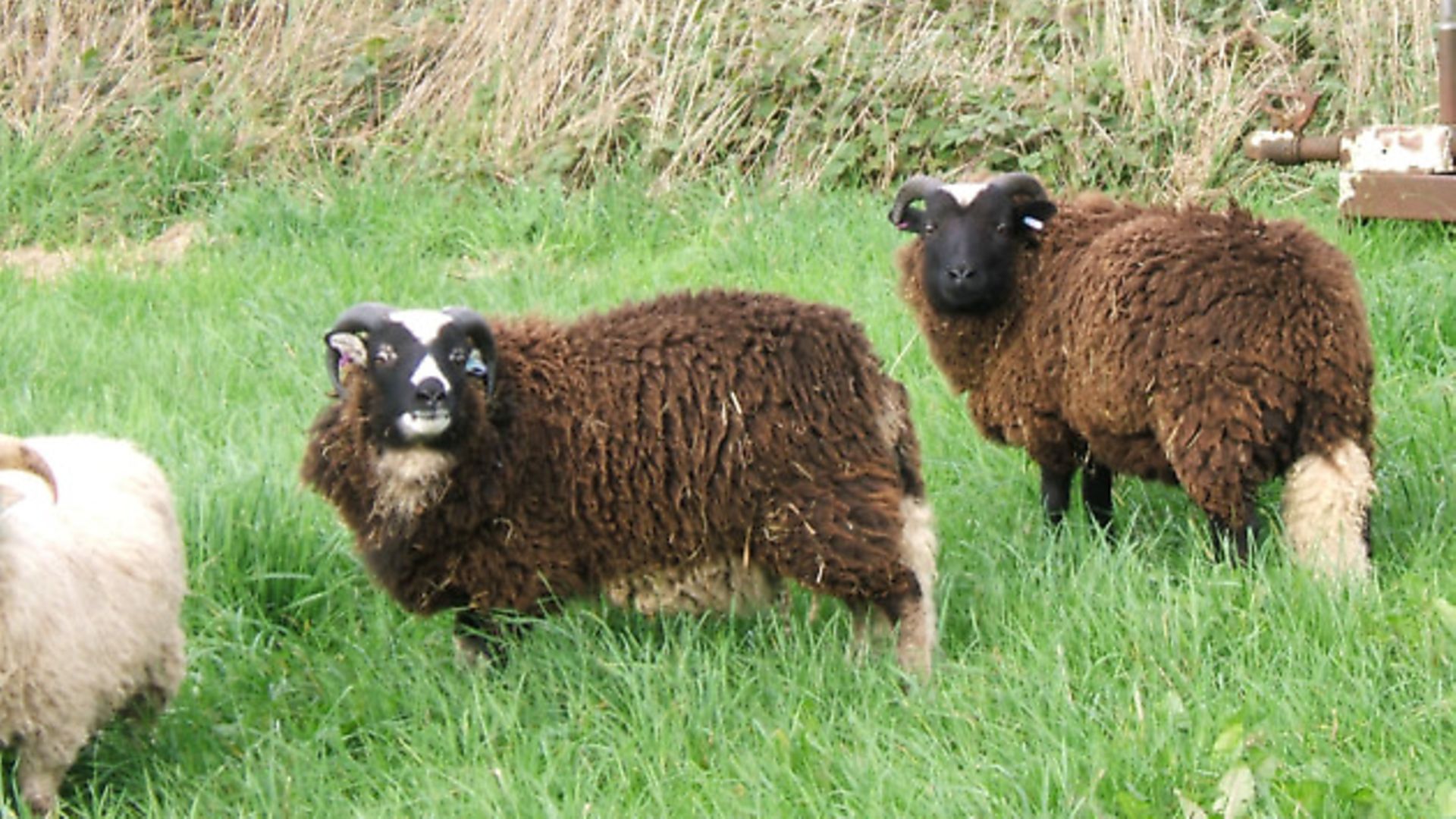
Before you can buy sheep (or any other larger livestock), you need a County Parish Holding Number (CPH) which is issued by the Rural Payments Agency (or the Rural Payments and Inspection Department (RPID) in Scotland) and is part of DEFRA.
If you want to breed, you will also need a flock number from your local Animal Health Section (Contact your local authority Environmental Dept).
All sheep movements on and off your smallholding will also need to be registered, either with a paper form AML1 (which is being phased out) or online at www.arams.co.uk.
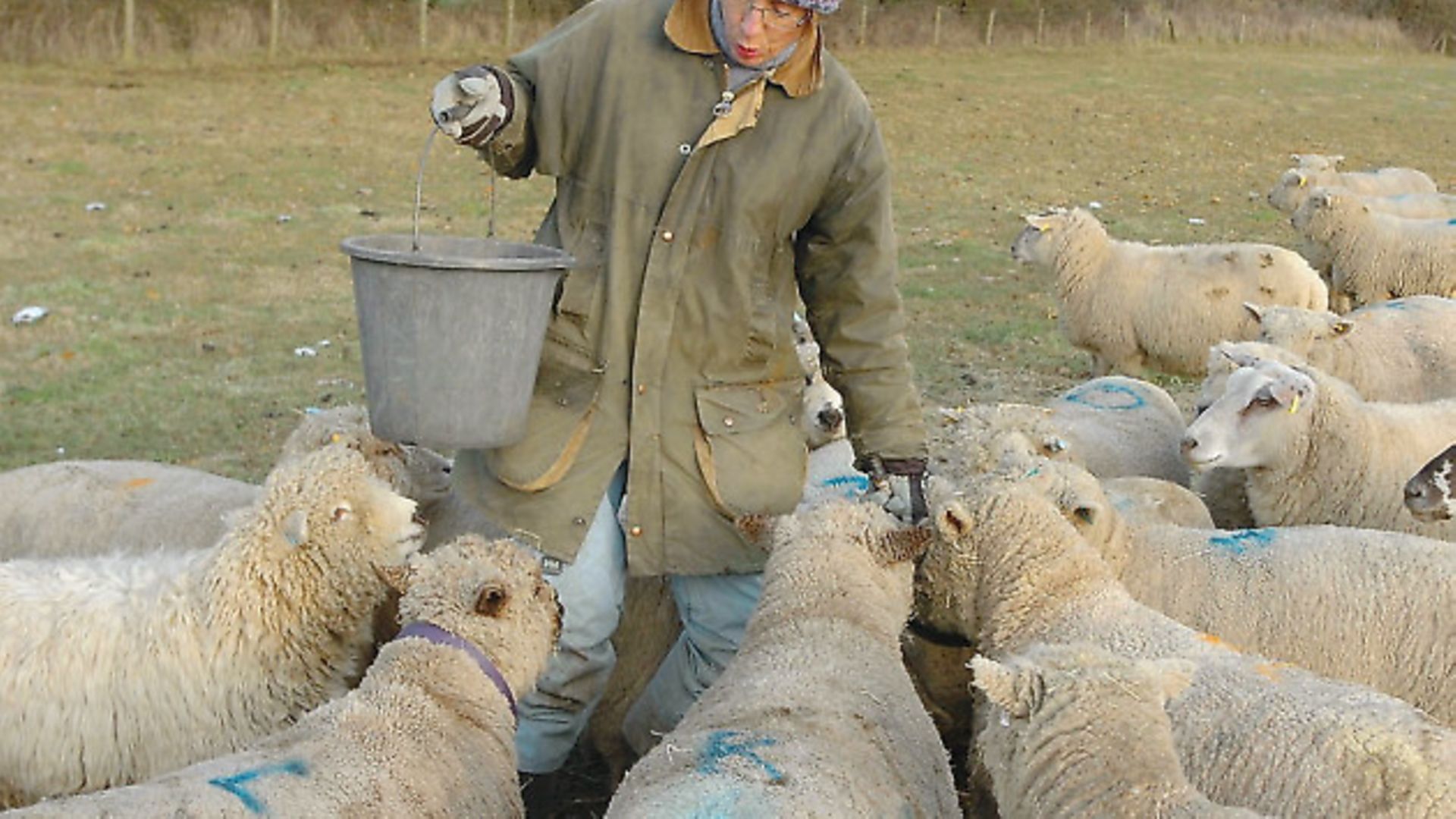
Insurance
Don’t forget that these animals can be valuable and don’t underestimate the cost of getting started in terms of equipment. Also, it is important to have third party liability insurance in case your sheep escape and cause some damage.
Moving animals
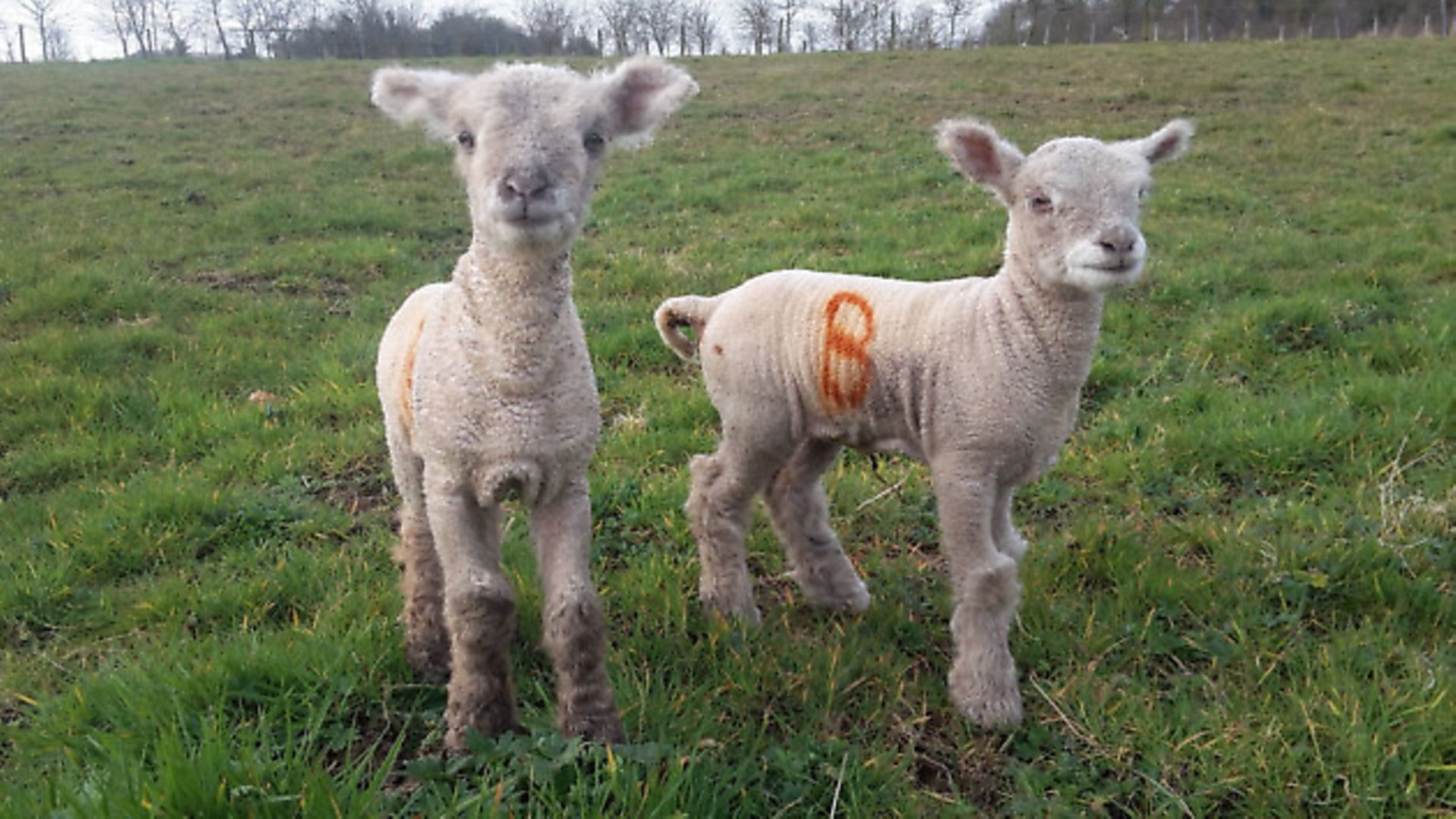
You need to obtain an Animal Transporter Authorisation and a Short Haul Certificate of Competency, which enable you to transport sheep, cattle, horses, pigs or goats for distances of over 40 miles (65km) and under eight hours. If you only ever move your animals under 65km (40 miles) or if you can claim it is not an ‘economic activity’, this is not relevant to you. Moving one animal at a time is also exempt.
Land requirements
It is an easy beginners’ mistake to decide how many sheep you want first, but 20 sheep are not twice as difficult to keep than 10. First decide how much land you are going to allocate to sheep and then work out how many you need. You may want to run them after cattle or combine with a hay crop and that will affect your calculation, but a good starting point is to allow five sheep/acre.
From here you have to add in any number of variables – you may need considerably fewer sheep if the grazing is poor (north facing, high altitude, poor soil etc) and may want more if you have lush pasture. Don’t forget to allow for lambs, who may only be around for six months, but will graze from a very young age. Inevitably, you will also have years when you have too much grass and years (like this spring) when the weather is slow to warm up and you will wonder if the grass will ever grow. If it sounds too complicated, don’t despair, you will soon realise if you have over or under-stocked. With the former, you will get through a lot of hay to supplement and with the latter, your sheep will get fat quickly! (My Southdowns are very greedy and prone to put on weight and complain to me regularly that I restrict their grazing).
There is an organisation called The English Beef and Lamb Executive (Eblex) which is aimed more at commercial farmers rather than smallholders, but they produce a series of leaflets on getting the most from your enterprise, which are very useful, including a booklet on grazing for sheep. Don’t be put off with some of the technical stuff (which can be a bit much for a beginner) the sections on stocking rate and grazing strategies are very useful (www.eblex.org.uk – Manual 8 Planning Grazing Strategies).
Accommodation
Unless you are planning to breed or are liable to have annual problems with very deep snow, your sheep should not need to be kept indoors. One of the reasons why sheep have never been subjected to intensive management is that they are not well suited to keeping indoors. Even if you are lambing, you can produce a very serviceable temporary shelter with straw bale walls and a tarpaulin roof and sheep polytunnels are very popular. Sheep can lamb outdoors, but bringing them in increases the life expectancy of the new born lamb (particularly with multiple births) and the comfort of the shepherd dealing with them.
Fencing
Even the most idle of sheep are great escape artists and your fencing needs to be robust. Hedging is not sufficient unless really well laid. Pig-wire along the bottom and a couple of rows of plain or barbed wire along the top to a height of four feet should do it. Keep it well maintained as some sheep will climb it and drag it down.
Feeding
Your sheep should not need feeding anything other than grass or hay unless they are close to lambing. I supplement my ewes six weeks before they are due to lamb and for a couple of weeks afterwards, moving over to supplementing the lambs instead as they start to take an interest. Other than that, they only need constant access to water to drink all year round. You can buy mineral supplements for grazing animals but I prefer to have my soil tested every few years and treated with a mineral compound.
Shearing
There are various breeds of ‘self-shearing’ sheep (the most well-known being the Wiltshire Horn and the modern Easy Care), who shed their winter coat over the spring and summer and re-grow it again in the autumn. Otherwise, you will have to get your sheep sheared annually in the spring. There are plenty of shearers around who will happily shear a small flock for about £50. Alternatively you can go on a shearing course. There are plenty run by the British Wool Marketing Board. (Lambs do not need shearing in their first year).
Management
Sheep have a well-deserved reputation for getting into scrapes and I check mine twice a day to make sure they haven’t got stuck on their backs or tied up in a hedge. They also have a reputation for ‘just dying’ but with a small flock, you will quickly notice if you have an unwell animal and will learn with experience what you can handle and what you need a vet for.
Sheep used to need regular worming and foot trimming, but the former is actively discouraged as it builds up immunity to wormers and the latter is done only when necessary, which can be as little as twice a year. Consult your local large animal vet for advice on worming.
Sheepdogs
Most flocks can be managed without a sheepdog, particularly if they are kept enclosed. My sheep respond to my calling and will happily follow a bucket. The older ones know the drills and which way to go. Also, if you do have a small flock, a sheepdog would have little to do on a day to day basis which is not fair when they are bred to work.
Finally…
If all this seems a bit overwhelming, a neighbour bought some fattening lambs from me once and came back the next year for some to breed from. As he said: “There is a lot that can go wrong, but most of the time, it doesn’t”!
I can highly recommend the following books:
The Sheep Book for Smallholders by Tim Tyne
The Veterinary Book for Sheep Farmers by David Henderson (a bit dated in places, but still very useful)
Practical Lambing and Lamb Care: A Veterinary Guide by Andrew Eales, John Small, and Colin Macaldowie
Equipment
For starters you will need:
– Hurdles
– Marker Spray
– Halter
– Antibiotic spray
– Buckets
– Antiseptic spray
– Troughs
– Wormer
– Hay ricks
– Crovect or similar
– Foot shears
– Fly cream
– Dagging shears
– Books
– Electric fencing
– Needles and syringes
Image(s) provided by:
Archant
Archant
Archant
Archant
Steve Richards
Archant







